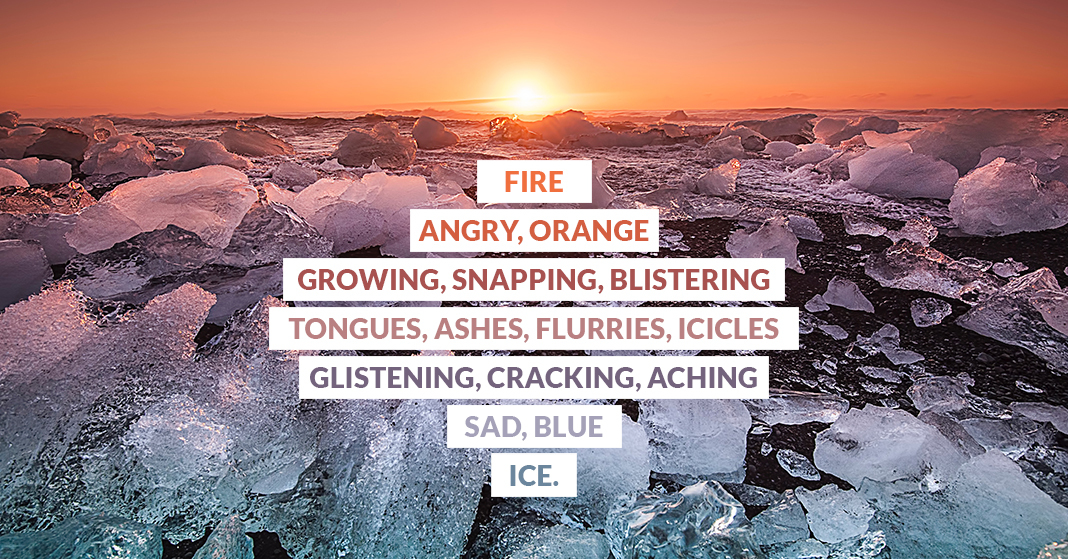
Your children are being surrounded by the Easter story right now. They study it in Sunday school and family devotions, and they hear it in sermons and cantatas. They even see echoes of the Easter story in the seasons as winter loses its grip and spring begins to bloom, and everywhere the plants are coming alive.
You can find out how much of the Easter story your children are understanding with a fun Easter shape poem. Download this printable shape poem, and have your children fill in the blanks by telling the story of Easter one word at a time. It might turn out something like this.
Jesus
Sin
Lamb
Cross
Spear, blood, tomb, stone
Guards, herbs, angels, clothes
Life
Pardon
Gift
Redeemer
Savior
Christ
In this sample poem, the first section focuses on Christ being sent, the second on His sacrifice, and then the last on our redemption in Him. As long as your child tells the story based on the truths of the gospel, the words he uses to tell the story are up to him.
To ensure that they’re considering where they should put each word, have your children follow a death, burial, and resurrection pattern. They should use the first four lines to talk about the death of Christ. Then the next two should focus on His burial, and finally the last six should focus on His resurrection.
Since your children will be telling the gospel story one word at a time, they should focus on using only a few parts of speech. The sample uses only nouns, but your children could switch between using nouns in one section, verbs in the next, and then nouns again in the last. Remind them that the length of the words they choose will change the shape of the poem they produce. If they choose shorter, simpler words, it will ensure that their poem looks more like a cross.
Download the shape poem printable and retell the Easter story with your children!
